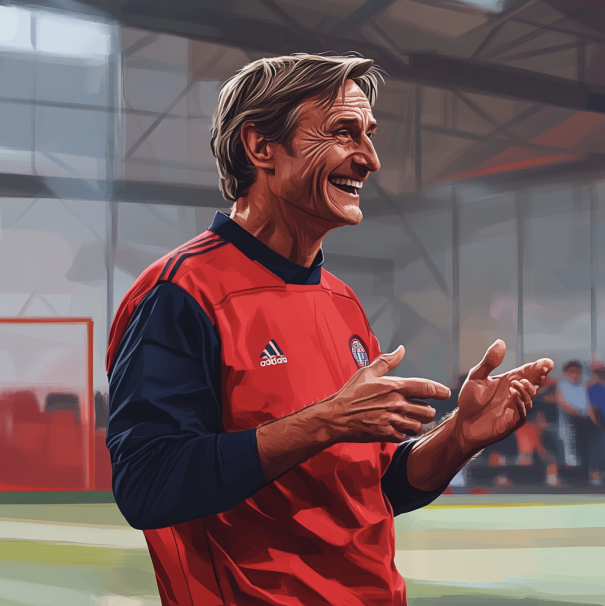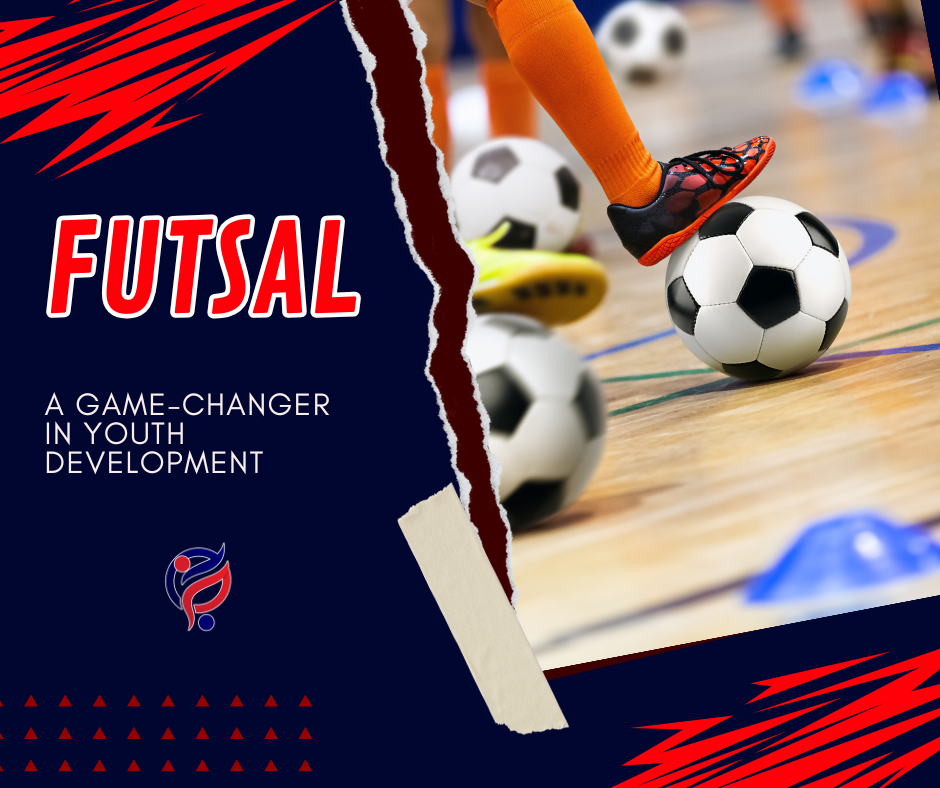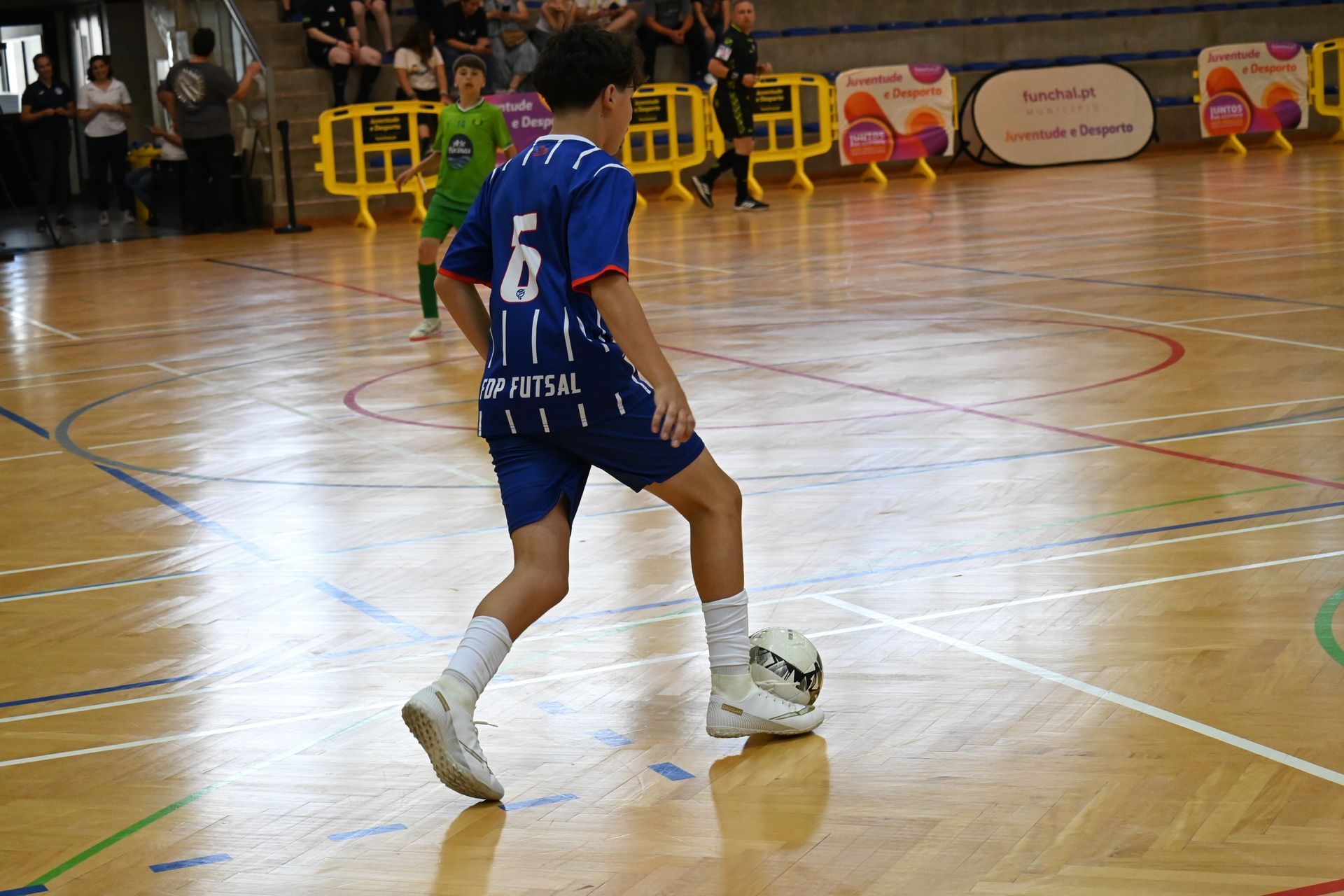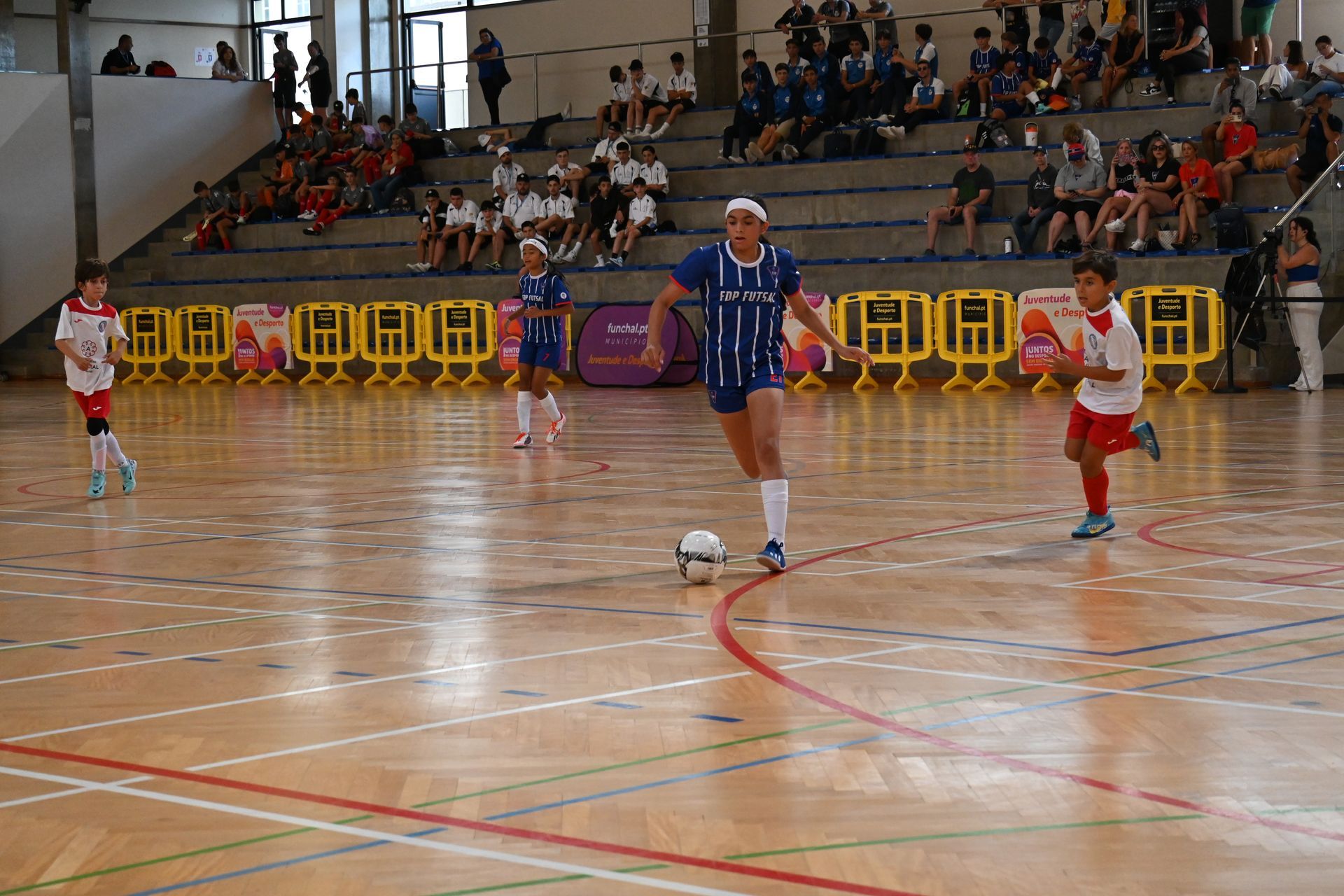What is Good and What is Bad Defending? It is Distance, It is Nothing More than That - Johan Cruyff
What is Good and What is Bad Defending?
It is Distance, It is Nothing More than That - Johan Cruyff

Johan Cruyff, one of the greatest minds in football history, once distilled the essence of defending into a simple yet profound statement: “What is good and what is bad defending? It is distance, it is nothing more than that.” This principle, though seemingly straightforward, encapsulates a deep understanding of space, positioning, and timing in the art of defending. In this article, we'll explore how futsal, with its unique characteristics, serves as an ideal environment to internalize this concept and how it can be applied to enhance defending in regular soccer games.
The Essence of Distance in Defending
At the core of Cruyff’s statement is the importance of managing distance in defensive play. Good defending is about controlling the space between you and your opponent. The optimal distance allows a defender to react to the attacker's movements, block passing lanes, and minimize the risk of being beaten by a dribble or a quick pass. On the other hand, bad defending often results from either giving too much space, which allows the opponent to operate freely, or being too close, which can make it easier for the attacker to bypass the defender with a quick move.
Futsal: The Perfect Training Ground for Defensive Mastery
Futsal, a small-sided version of soccer played on a hard court, is an excellent environment for learning and mastering the principle of distance in defending. Here’s why:
1. Limited Space
In futsal, the playing area is much smaller than a regular soccer pitch, which forces players to operate in tight spaces. Defenders have to be acutely aware of the distance between themselves and the attackers. The limited space means that any lapse in maintaining the proper distance can quickly lead to a scoring opportunity for the opposition. This environment conditions players to be more precise in their positioning and more aware of spatial relationships on the field.
2. Quick Decision-Making
Futsal is a fast-paced game, with constant transitions between defense and attack. The speed of the game requires defenders to make split-second decisions regarding their positioning and the distance they maintain from the ball and the opponent. This rapid decision-making process is crucial in regular soccer, where defenders must continually adjust their positioning to counter the dynamic movements of the attacking players.
3. Transitioning from Defense to Offense
One of the hallmarks of futsal is the fluid transition from defense to offense. Given the small space and the fast pace, defenders often find themselves quickly turning from stopping an attack to launching one. This aspect of futsal reinforces the importance of maintaining the correct distance, as a well-timed interception or tackle can immediately turn into a counter-attacking opportunity. Players learn to appreciate the value of being in the right place at the right time, a skill that is directly transferable to outdoor soccer.
Applying Futsal Principles to Enhance Soccer Defending
The principles learned in futsal can significantly enhance a player's defending skills on a regular soccer field. Here’s how:
1. Improved Spatial Awareness
Futsal trains players to constantly be aware of their surroundings and the distance between themselves, their teammates, and the opposition. This heightened spatial awareness translates to better positioning and anticipation in soccer, allowing defenders to cut off passing lanes and stay close enough to challenge attackers effectively.
2. Better Decision-Making Under Pressure
The fast-paced nature of futsal sharpens a player's ability to make quick, effective decisions. In soccer, this can mean the difference between successfully intercepting a pass and allowing an attacker to break through the defense. Players accustomed to futsal’s tempo are more likely to stay composed under pressure, making smart decisions that maintain defensive solidity.
3. Efficient Use of Space
On a larger soccer pitch, the lessons from futsal help defenders manage space more efficiently. They learn to close down attackers quickly, preventing them from gaining momentum. Additionally, the ability to transition smoothly from defense to offense, honed in futsal, allows defenders to contribute more effectively to their team’s attacking play after winning the ball.
4. Enhanced One-on-One Defending
Futsal’s emphasis on close-quarters play means that defenders are often engaged in one-on-one situations. The experience gained from these encounters is invaluable in soccer, where one-on-one defending is crucial. Players learn how to use their body effectively to shield the ball, maintain the right distance to prevent being dribbled past, and time their tackles to perfection.
Johan Cruyff’s principle of distance in defending is a timeless piece of football wisdom that applies across all levels of the game. Futsal, with its confined spaces, quick tempo, and emphasis on transitions, provides an ideal platform for players to internalize this concept.
By applying the lessons learned from futsal to the larger soccer pitch, players can significantly enhance their defensive skills, making them more effective in managing space, anticipating plays, and maintaining control over the game. Whether in futsal or soccer, good defending is indeed all about distance, and understanding this is the first step towards mastering the art of defense.
Contributed By: Niko Alexopoulos
DON'T MISS ANY BLOG POSTS
Unlock Exclusive Insights: Subscribe Now & Stay Ahead of the Curve! Don't Miss a Single Blog Post—Join Our Community for Expert Tips, Fresh Perspectives, and Insider Knowledge. Your Ticket to Stay Informed, Inspired, and Empowered Awaits!
MAXIMIZE YOUR POTENTIAL
Empower Your Journey: Subscribe for Exclusive Access to Training, Programs, Camps, and Events. Elevate Your Skills and Seize Every Opportunity!










